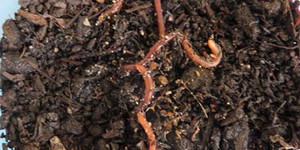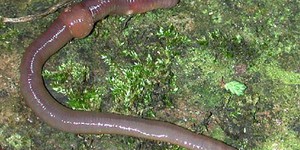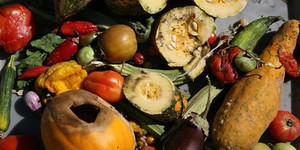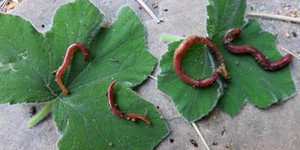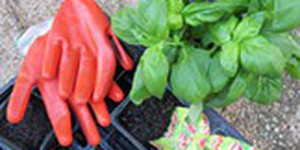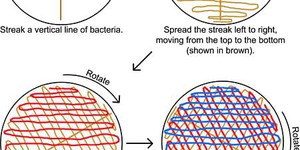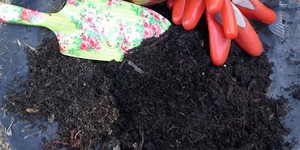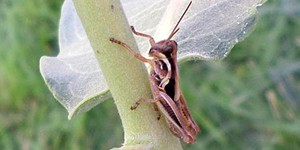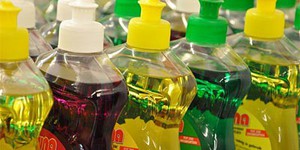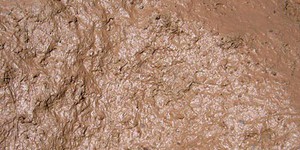Others Like “How Much Worm Is a Worm?” (top 20 results)
|
Interested in helping the environment, and don't mind getting dirty? In this project you get to mix it up with earthworms, soil, and various types of organic kitchen scraps. The basic idea is to set up small earthworm colonies to compost different types of food waste. You test the soils in each type to see how diet affects both the earthworm population and the nutrients they put back into the soil. This project takes a little time, but it's worth it. You'll help the environment and learn…
Read more
Do you think worms are gross? Or that they are only good for birds or fish to eat? Well, in this zoology science project, you will find out that this lowly animal helps to put food on your table, too, by all the hard work that it does in the dirt. In this science project, you will discover in what kind of soil it likes to do its work. It is wiggly good fun!
Read more
What happens to the food leftovers in your home? Do they go in the trash? Down the garbage disposal? Or get gobbled up by the family dog? Food leftovers are a type of organic waste, a waste that comes from a plant or animal. Organic waste—like table scraps, agricultural waste, and human and animal waste—is biodegradable. This means, it can be chemically broken down by bacteria, fungi, or other living organisms into very small parts.
Figure 1. This…
Read more
Earthworms are important for the soil and fun to study. In this science project, you will find where earthworms like to stay when food is around. Will they gather around the food, take food with them in their tunnels, or not be attracted to the food at all? You will fill four pots with dirt, add food and worms, and track their activity over one week to find out!
Read more
Everybody knows that worms are good for the soil, but not everybody knows why. Here's a project that investigates just one of the ways earthworms improve the earth. Would earthworm castings (or earthworm manure) help your plants prosper and flourish? If so, how much should you use?
Read more
Do you know what is living in your backyard? How about at the playground, or in your compost pile? Nematodes, also called roundworms, are the most abundant animal on Earth and they might be living in any of these places. In this science project you'll isolate nematodes from several soil samples to discover the best nematode habitats.
Read more
Make your own fertile soil using kitchen scraps, manure, leaves, grass clippings, and other compostable materials. Which materials make the best compost? How does the amount of nitrogen change the rate at which the compost forms? How does a 'hot' compost pile compare to a 'cold' compost pile, or how does traditional composting compare to worm composting, or vermiculture?
Figure 1. Different composting methods yield different soils. In this picture, the soil on the…
Read more
Have you ever wondered how many different types of animals live around your home, like in your backyard or a local park? Animals come in all shapes and sizes, each a small part of the amazing diversity of life. These differences can also help us to classify animals into different groups. One way people classify animals is by their phylum. Do you know which phylum you belong to? In this science project, you will investigate the diversity of the animal life around your home and try to figure out…
Read more
There is strong interest in "going green," including using products that cause less environmental damage when they are disposed of. In this environmental sciences project, you will compare the toxicity of "green" and conventional liquid detergents using worms as test organisms.
Read more
Have you ever taken a step onto what appeared to be dry ground, only to find yourself ankle-deep in mud? Yuck! When you walk through damp soil, it can be a very messy experience. How can you tell if soil is wet or dry before you step on it? In this science project, you will investigate whether the color of the soil can help you determine how dry or wet it is.
Read more
|
Explore Our Science Videos
Design a Seeding Machine
How to Make Magnetic Slime
Make a Thermometer - STEM Activity


